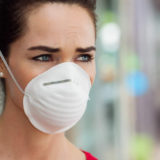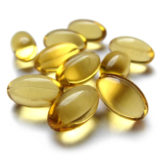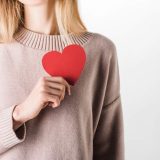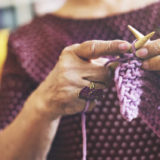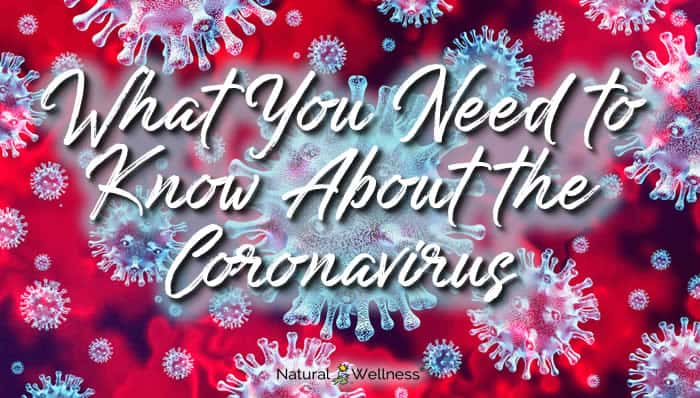

What Is the Coronavirus?
At the close of 2019, a new coronavirus was identified as the cause of pneumonia in Wuhan, a city in the Hubei Province of China. It spread rapidly through the country becoming an epidemic in a short time killing thousands of individuals.
Sporadic cases have been reported globally, more every day and the United States is not immune from its share of deaths from the disease. In February of 2020 the WHO renamed the coronavirus COVID-19, which stands for coronavirus 2019 (1).
Coronaviruses are zoonotic, meaning they can be transferred from animals to humans. Several coronaviruses exist, varying in severity from the common cold to bronchitis. Several known coronaviruses are circulating in the animal population that have not crossed over into the human population – what makes them zoonotic is not clear. They are named because of the crownlike spikes on the surface of the virus.
Epidemiology of COVID-19
At the time this article was written, more than 80,000 COVID-19 cases had been reported in China. Increasing numbers of cases have also been reported across the world.
But where did this virus come from? A coronavirus is a genetic variation of a virus typically found in animals that migrates to humans. From the info available, the genetic traits of COVID-19 are like those found in bats. Although more recent sequencing has shown the virus to be 99% compatible with a reptile called the pangolin (2).
In China there are wild meat markets out in the open where individuals buy exotic animals for medicine or unusual tastes. Pangolin scales are often ground down and used for ailments such as arthritis, poor circulation, poor lactation and others. Insurances used to even cover for these treatments until the pangolin was considered an endangered species. Scientists are certain that this coronavirus came from the pangolin and now, hopefully, can use this information to begin making a vaccine (2).
Since COVID-19 is a large, positive stranded RNA virus, an antiviral attack might include an antiviral consisting of an RNA polymerase inhibitor. Finding the genetic info on the virus was the first step to fighting the illness. It was on January 10, 2020 that researchers from the Shanghai Public Health Clinical Center and School of Public Health released a full genomic sequence of the coronavirus to public databases whereby a prompt sharing occurred and progress towards treatment could begin (3).
How Is COVID-19 Transmitted?
We know that human to human contagion is a problem. Airborne particles are a problem. We do not know how long the virus lives on a surface before it is inactive. It is a respiratory ailment and we know that people in China have been infected from ingesting the virus, so it is foodborne although the government advisories do not mention food as a vector. Despite viruses surviving on inanimate objects, government officials do not believe this is the way it is primarily spread.
Symptoms of the Coronavirus
Patients with COVID-19 are reporting symptoms like that of other flu-like illnesses with:
- onset of fever (>102.5)
- cough
- and shortness of breath occurring typically 2-14 days after exposure.
Many patients with severe complications from the virus have developed pneumonia in both lungs (4).
CDC is asking patients with symptoms to reach out to their local health department for advice before going to health care providers to avoid spreading the germs to others. Community wide spread of this virus has already been proven.
5 General Tips to Protect Yourself from COVID-19
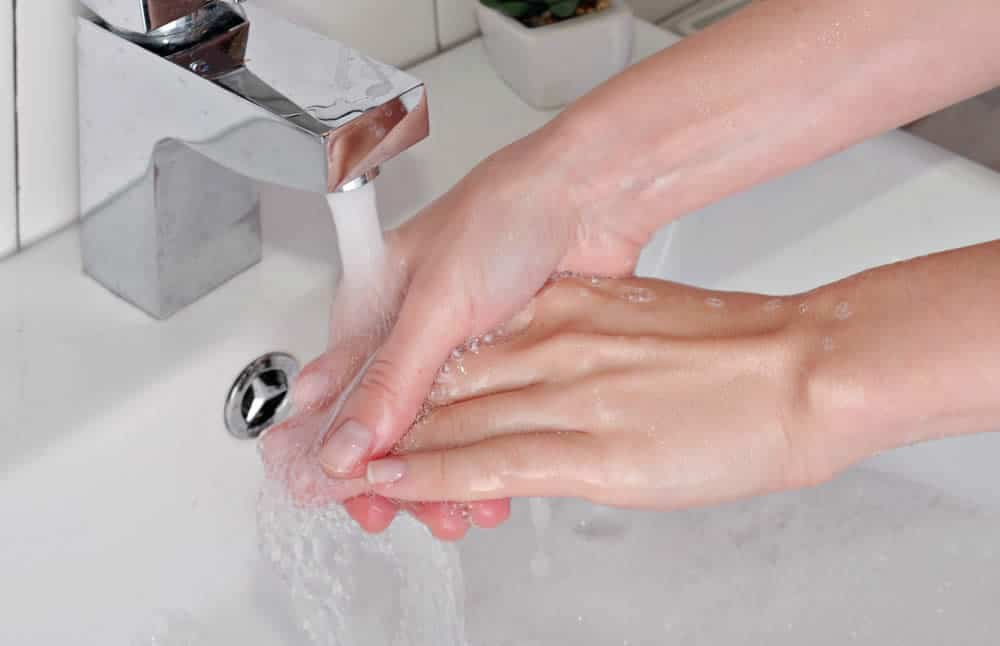
- Wash hands frequently with soap and water for 20 seconds at a time, using proper hand washing techniques.
- Use alcohol-based hand sanitizer when soap and water is not an option, but remember hand sanitizer is not a replacement for soap and water.
- Avoid touching your eyes, nose, and mouth with unwashed hands and steer clear of sick people.
- If you have a cough, cough into the fold of your elbow to avoid spreading your respiratory secretions to others.
- Disinfect frequently touched objects often such as cell phones or other surfaces such as doorknobs.
A Strong Immune System
There is no known nutritional treatment for the COVID-19. However, if our body is immunologically strong to begin with and has all the chemicals it needs to fight a virus infection, chances are greater for the person who is in better physical shape to ward off a viral illness than for someone who is malnourished or immunocompromised.
Some studies have shown micronutrients such as vitamin C and zinc to be particularly beneficial to the immune system, specifically as antivirals. Other nutraceuticals show supportive functions both alone and synergistically with micronutrients to optimize the function of the immune system in warding off diseases in general.
Stimulating immune health is one of the top five reasons individuals take supplements for their health (8).
In addition to health supplements like vitamin C and zinc, you can also keep your immune system strong by:
- getting plenty of rest
- staying hydrated
- exercising
- and limiting your stress.
Being inundated with unending news about COVID-9 can definitely be stressful. One way you have the power to reduce your stress is with acupressure. Take a look at these 6 acupressure points to combat stress.
Have You Been Infected? Here’s What to Do! (9)
- Stay home and contact your local health department with symptoms and for further directions on course of action to take. Testing of suspected cases is available when warranted and by approved labs.
- Infected individuals should use facemasks to avoid contaminating others when out in public such as going to a health care facility.
- Wash hands frequently for 20 seconds using appropriate hand washing techniques, rubbing both sides of the hands with soap and running water up to the wrist area to reduce viral load.
- Isolate yourself from others in the family if possible, including the pets. Do not handle or play with pets. Remember, these are zoonotic viruses and mutations are possible.
- Clean all “high touch” surfaces daily and use hand sanitizer frequently. This includes phones, counters, door and toilet handles, faucets, etc.
- Monitor your symptoms and call before you go to a facility to tell them you are coming. They may have you come in a rear entrance to avoid the public waiting area.
- Avoid sharing personal household items and bathrooms if possible.
- Patients with confirmed COVID-19 should remain under home isolation until the risk of secondary transmission to others is thought to be low.
- Individuals caring for others with the virus should be wearing a tightly fitting mask and contact should be limited to one healthy individual.
It is encouraging to note that according to a recent survey by Genetic Engineering & Biotechnology News, it was revealed that 35 active drug treatment development programs are ongoing in North America, Europe and China to fight COVID-19 (10). And, the outcomes look encouraging.
Conclusion
Coronavirus (COVID-19) may be here to stay, but remain diligent with good infection control, stay out of crowds and away from obviously ill people, maintain good nutrition and nutritional support, and wash your hands frequently. You should feel confident you are doing what you can to keep well.
According to the government, a vaccine may be a good year out yet before one is ready to be used community wide, so prevention is the key to staying healthy and avoiding the coronavirus.

